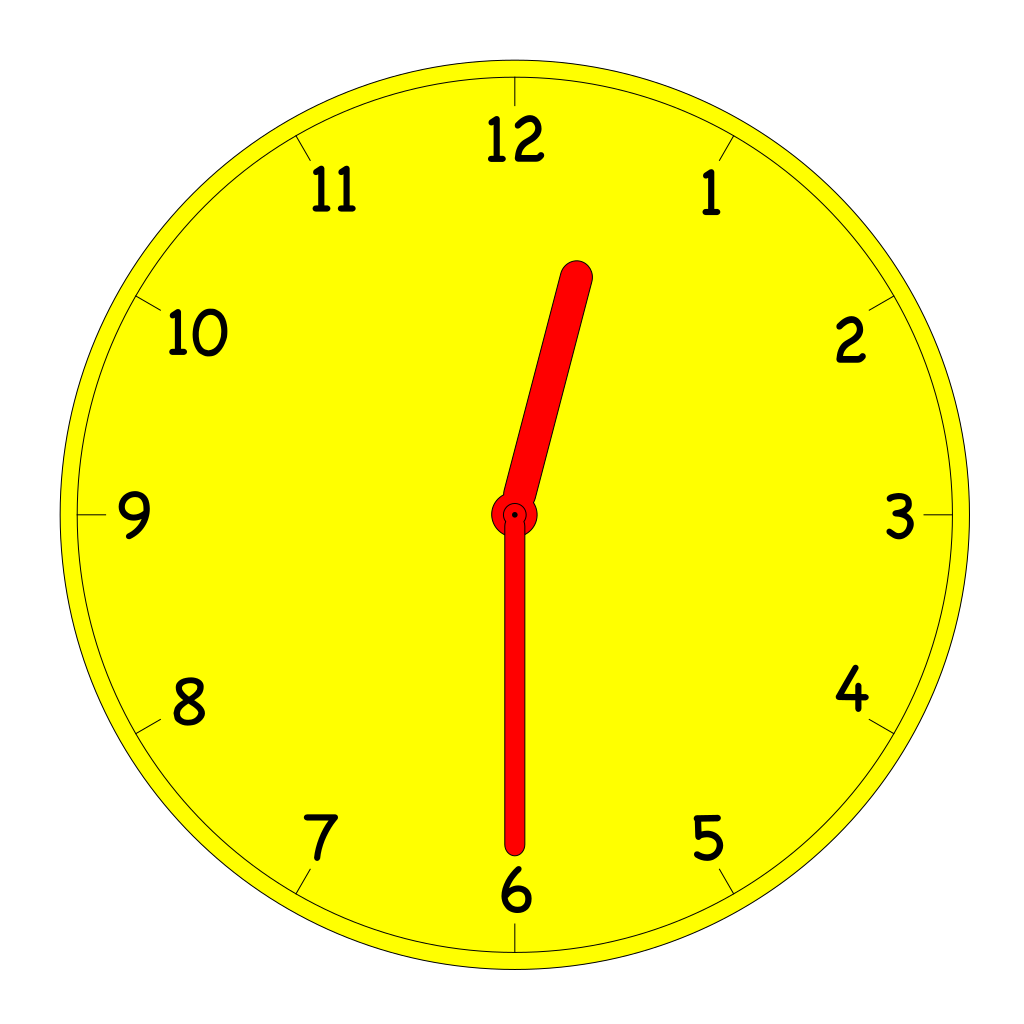

The president will also seek to frame inflation as a global challenge, having been triggered first by the pandemic and then by Russia's invasion of Ukraine. That's because the economy is so strong with its 3.6% unemployment rate that it can withstand a slowdown. can tackle inflation without stumbling into a downturn. The White House said that Biden planned to say in his Friday remarks that the U.S. But demand has consistently outpaced supply, causing prices to rise to levels that are forcing the Federal Reserve to try to slow growth and possibly risk a recession. It reflects the robust job growth and solid household balance sheets that followed the $1.9 trillion coronavirus relief package passed last year. The strong consumer demand has been a mixed blessing for Biden. “These guys are really working because we've got strong consumer demand still.” “We’ve reduced those ships that have been waiting to get into the port by 75% this year,” Seroka said. But he specifically credited the “convening powers of the federal government to bring people to the table” and the Biden administration's focus on the supply chain. Gene Seroka, executive director of the Port of Los Angeles, said there were many levers that caused performance to improve in terms of getting goods to consumers and businesses faster. But the forces driving inflation have shifted to rising energy and food costs in the aftermath of Russia's invasion of Ukraine. The port is now moving out a record 200,000 containers on a rolling 30-day average. The goal was to remove backlogs of ships waiting to dock and containers waiting to flow into the country, a logjam that was pumping up prices as the world began to recover from the coronavirus pandemic. The Port of Los Angeles moved to round-the-clock operations last October under an agreement that the White House helped to shepherd.
#CLOCK CLIPART ANDROID#
Get the NBC Bay Area app for iOS or Android and pick your alerts. (CC BY-NC-ND 2.Stay informed about local news and weather. Image credit: john.purvis/Flickr. (CC BY 2.0) #northernlights at Lough Neagh #NorthernIreland #aurora #AuroraBorealis #astronomy #photography #photooftheday #uk /NxpaJdPVDPĪ shot of the Northern Lights in Ballykelly, Northern Ireland, on March 6, 2016. (great picture by Phil Pounder) /qCsM5VfO9L

Wow! #NorthernLights looking amazing at Dunstanburgh Castle last night. Pictures I took of the dazzling #NorthernLights display over #Northumberland last night. In 2014, the lights were even seen in Jersey, a small island that lies on the north coast of France.Īnother shot of the aurora from Oxforshire, 30s later. It's not unheard of to see the Aurora Borealis in southern parts of the U.K., with sightings as far south as Kent and Cornwall reported in the past. also provided the perfect stage for this beautiful geomagnetic storm to be seen. “When the Sun has a major geomagnetic event, the flux of particles is so high that they can penetrate the Earth's atmosphere at lower latitudes, which is why in England it is only after these storms that we can see the lights," explained the University of Lancaster's Professor Mike Kosch to the BBC. However, to be seen this far south, it requires some very fortunate circumstances. They’re often associated with Iceland and Scandinavia, but occasionally frequent the northern tips of Scotland. The Northern Lights are predominantly seen at high-latitude areas such as the Arctic and Antarctic. Their charge excites the gases in the Earth's atmosphere, causing them to release this glow – which, depending on the conditions, can occur in red, green, blue, pink, purple, ultraviolet, and infrared. As the solar winds converge on our planet, they distort Earth’s magnetic poles and the charged particles enter our atmosphere. The dramatic Aurora Borealis light show is caused by an interaction between the charged particles from the Sun’s “solar winds” with Earth’s magnetic field. Some reports even came from as far south as Oxfordshire, less than 80 kilometers (50 miles) northwest of London.

The stunning cosmic lights were spotted across Scotland, England, Wales, and Northern Ireland on the evening of Sunday, March 6.


 0 kommentar(er)
0 kommentar(er)
